Outdoor Education
Image
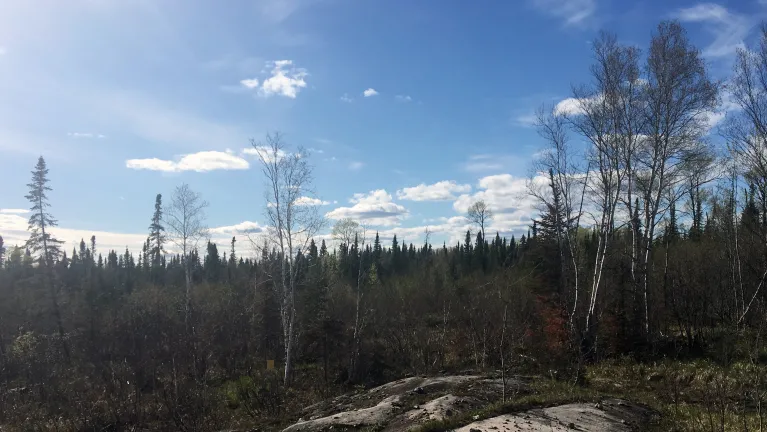
Introduction to Outdoor Education
The Robertson Program worked closely with Mine Centre Public School Kindergarten Teacher Marge Hale and Early Childhood Educator Sara Empey to develop activities that support math and science exploration in the outdoors.
Located 45 minutes outside of Fort Frances, Ontario, Mine Centre P.S. has been developing an outdoor classroom, better known as “camp” by staff and students. The space has a meeting area with benches, a fire pit, a shelter and trails through the surrounding woods – all for the students to enjoy and explore.
Marge and Sarah are sharing some of the math- and science-focused activities that their students enjoy. Feel free to try them with your own students in an outdoor space.
Outdoor Activities for Early Years Classrooms
Birding Field Trip
Image
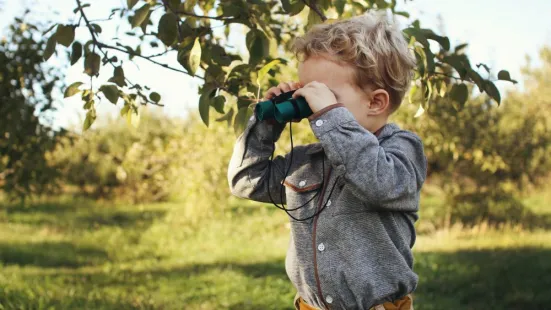
Get your students outside and excited about making observations! We suggest a field trip to a location with potential to see a variety of birds, but the school playground is a good spot, too!
Building Birds Nests
Image
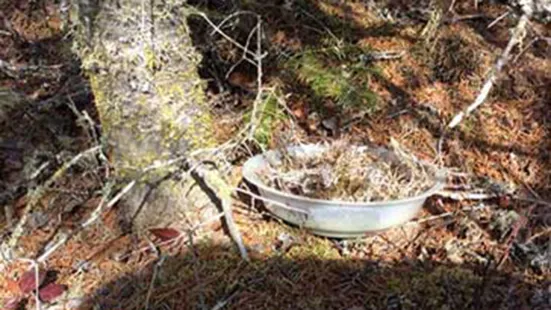
Students construct their own bird nest made of items they think are good options for a bird's nest.
Exploration with Balance Scales
Image
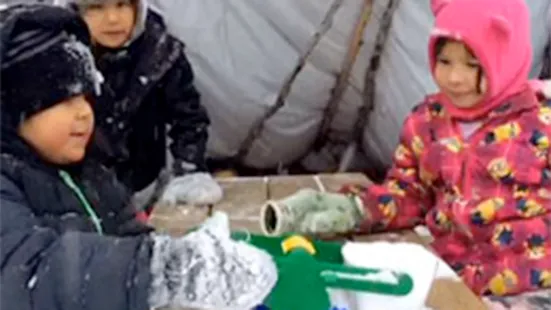
Provide students with an opportunity to learn the use of balance scales in a practical outdoor setting.
Exploring Bird Nests
Image
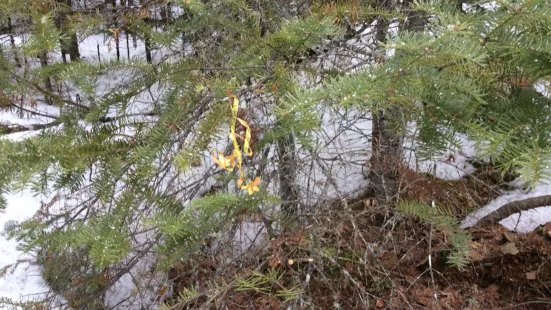
Students observe bird nests and discuss which materials are best used in their construction.
Finding Geometric Shapes Outside
Image
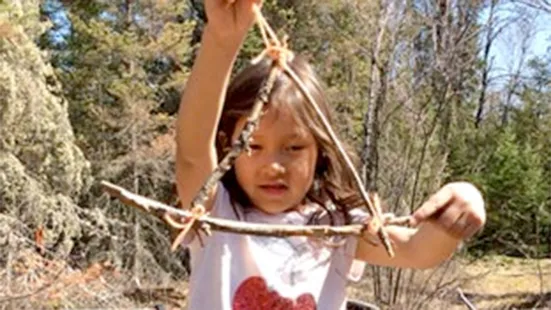
Sticks and stones can make two and three-dimensional shapes that students can use to explore geometry in an outdoor setting.
Further Exploration with Balance Scales
Image
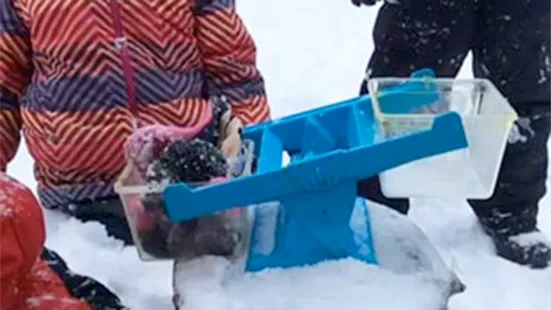
Students use balance scales to become more familiar with the concepts of weight, balance and measurement.
Getting to Know eBird
Image
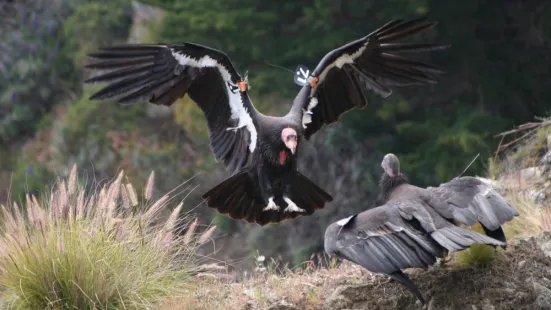
Introduce your students to a database of bird information contributed by everyday birders. As your navigate the website, they will encounter bar charts, data regarding habitat, location, population and migration.
How Many Steps?
Image
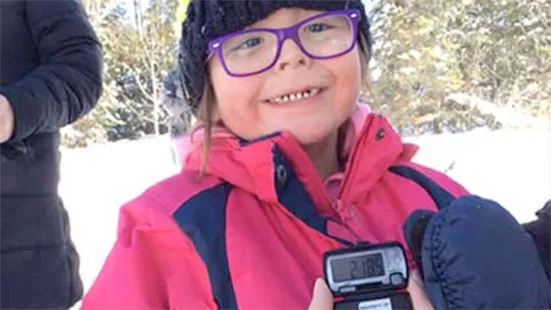
Students quantify distance by walking along a pathway from one location to another wearing pedometers.
Magnets
Image
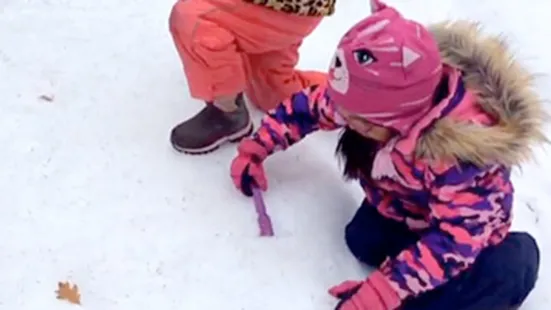
Children engage in an exploration of magnets, further discovering what items are magnetic and what items are not.
Measuring Imprints Outside
Image
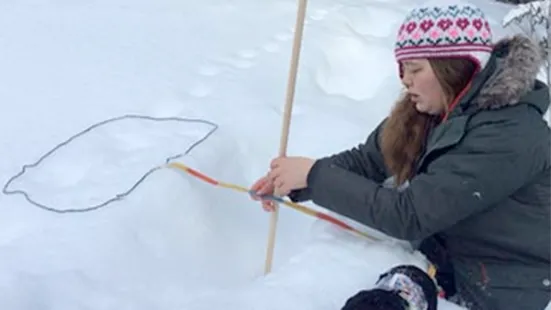
Students make and measure imprints outside and learn how they represent non-standard units of measurement.
Measuring the Circumference of a Tree
Image
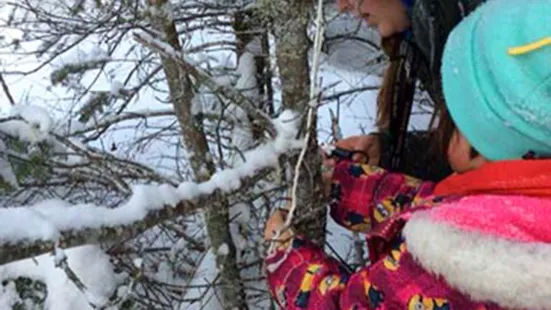
Students use standard units of measurement to measure and compare the circumferences of trees.
Measuring the Depth of Snow
Image
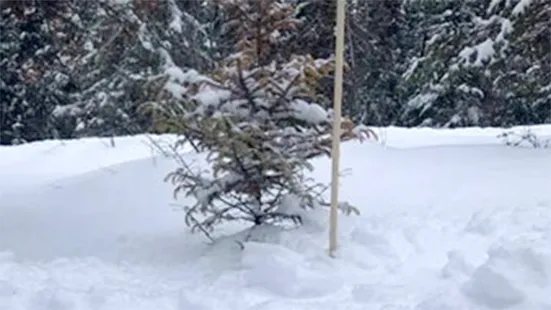
Snowfall can be a learning opportunity when students measure and compare the depth of the fallen snow each week.
The Feeder Project
Image
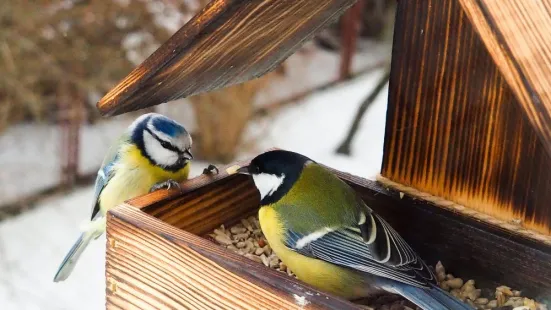
Have your students consider these details as they plan a potential bird feeder design. Along the way, they’ll also consider different costs, including construction and food type.
The Plants Around Us
Image
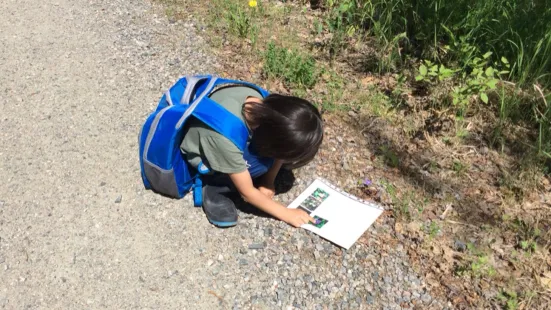
Students learn about the types and parts of a plant by exploring their natural environment.